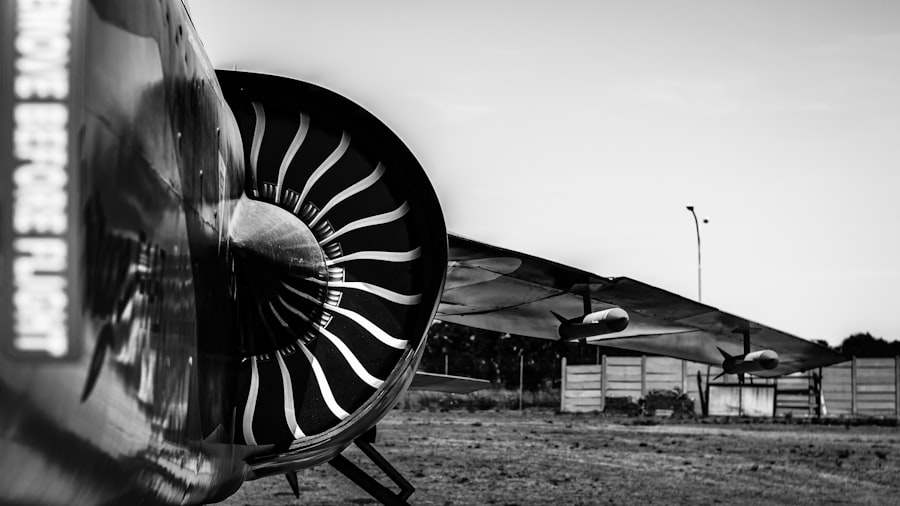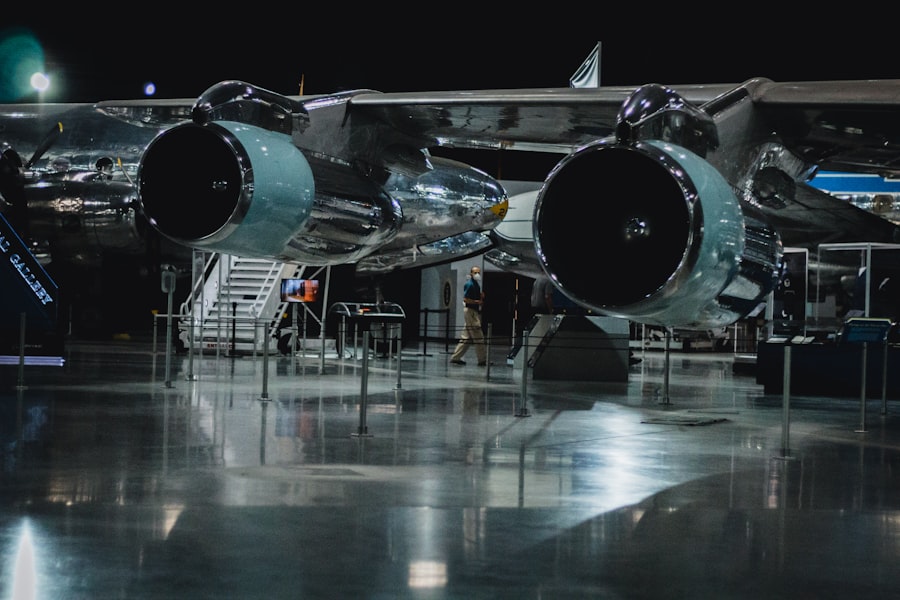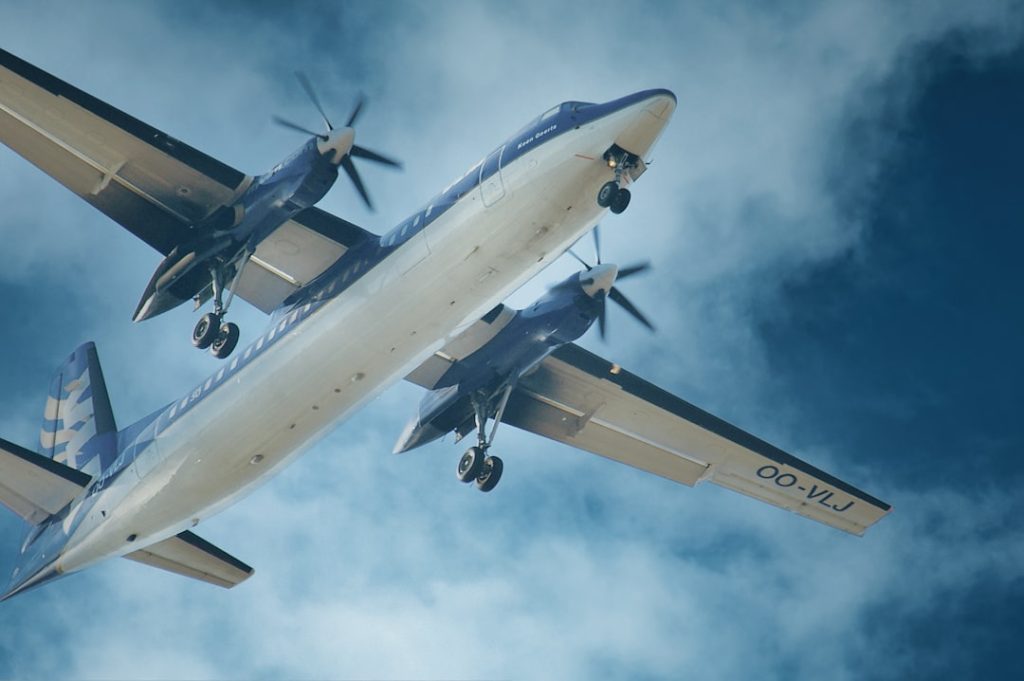Aerospace Maintenance, Repair, and Overhaul (MRO) is a critical sector within the aviation industry, encompassing a wide range of activities aimed at ensuring the safety, reliability, and efficiency of aircraft. This sector is not merely about fixing broken parts; it involves comprehensive processes that include routine maintenance checks, extensive repairs, and complete overhauls of aircraft systems. The MRO industry plays a pivotal role in the lifecycle of an aircraft, from its initial assembly to its eventual retirement.
As air travel continues to grow globally, the demand for MRO services has surged, making it an essential component of the aviation ecosystem. The aerospace MRO landscape is characterized by its complexity and the need for stringent regulatory compliance. Various stakeholders, including airlines, original equipment manufacturers (OEMs), and independent MRO providers, interact within this ecosystem.
Each player has a unique role, contributing to the overall safety and performance of aircraft. The industry is also influenced by factors such as technological advancements, economic conditions, and evolving customer expectations. As airlines strive to optimize their operations and reduce costs, the MRO sector must adapt to these changes while maintaining high standards of safety and quality.
Key Takeaways
- Aerospace MRO (Maintenance, Repair, and Overhaul) is a critical industry that ensures the safety and efficiency of aircraft and aerospace equipment.
- Technology has significantly impacted Aerospace MRO, leading to improved predictive maintenance, data analytics, and automation.
- The Aerospace MRO industry is experiencing trends such as increased outsourcing, adoption of additive manufacturing, and the use of drones for inspections.
- Challenges in Aerospace MRO include skilled labor shortages and regulatory compliance, while opportunities lie in predictive maintenance and digitalization.
- Innovations in Aerospace MRO include the use of augmented reality for maintenance training and the development of advanced materials for aircraft components.
The Impact of Technology on Aerospace MRO
Technology has revolutionized the aerospace MRO industry in numerous ways, enhancing efficiency and accuracy in maintenance processes. One of the most significant advancements is the integration of data analytics and predictive maintenance techniques. By leveraging big data, MRO providers can analyze historical performance data and identify patterns that indicate potential failures before they occur.
This proactive approach not only minimizes downtime but also reduces maintenance costs by allowing for timely interventions based on actual aircraft conditions rather than scheduled maintenance intervals. Moreover, the advent of advanced materials and manufacturing techniques has transformed repair processes. For instance, additive manufacturing, commonly known as 3D printing, allows for the production of complex components that were previously difficult or impossible to manufacture using traditional methods.
This technology enables MRO providers to create replacement parts on-demand, significantly reducing lead times and inventory costs. Additionally, the use of drones for inspections has gained traction, allowing for quicker assessments of aircraft surfaces without the need for extensive scaffolding or ground support equipment.
Trends in Aerospace MRO Industry

The aerospace MRO industry is currently experiencing several notable trends that are shaping its future. One prominent trend is the increasing shift towards digitalization. Many MRO providers are adopting digital platforms that facilitate real-time tracking of maintenance activities, inventory management, and compliance documentation.
These platforms enhance transparency and streamline communication between various stakeholders, ultimately leading to improved operational efficiency. Another significant trend is the growing emphasis on sustainability within the aerospace sector. As environmental concerns become more pressing, MRO providers are exploring ways to reduce their carbon footprint and minimize waste.
This includes initiatives such as recycling materials from decommissioned aircraft and implementing energy-efficient practices in maintenance facilities. Furthermore, airlines are increasingly seeking MRO partners who prioritize sustainability in their operations, creating a competitive advantage for those who can demonstrate a commitment to environmentally responsible practices.
Challenges and Opportunities in Aerospace MRO
| Challenges | Opportunities |
|---|---|
| Increasing complexity of aircraft systems | Advancements in predictive maintenance technologies |
| Shortage of skilled labor | Growth in the global fleet size |
| Stringent regulatory requirements | Rising demand for aftermarket services |
| High operational costs | Adoption of digitalization and automation |
While the aerospace MRO industry presents numerous opportunities for growth and innovation, it is not without its challenges. One of the primary challenges is the skilled labor shortage that many MRO providers are currently facing. As experienced technicians retire, there is a pressing need to attract and train new talent to ensure that maintenance standards remain high.
This challenge is compounded by the rapid pace of technological change, which requires ongoing training and upskilling to keep technicians abreast of new tools and techniques. On the other hand, this labor shortage also presents an opportunity for MRO providers to invest in training programs and partnerships with educational institutions. By fostering a new generation of skilled workers through apprenticeships and specialized training programs, companies can not only address their immediate workforce needs but also contribute to the long-term sustainability of the industry.
Additionally, embracing automation and artificial intelligence can help alleviate some of the labor pressures by streamlining repetitive tasks and allowing technicians to focus on more complex issues.
Innovations in Aerospace MRO
Innovation is at the heart of the aerospace MRO industry as companies strive to enhance their service offerings and improve operational efficiency. One notable innovation is the use of augmented reality (AR) in maintenance procedures. AR technology allows technicians to overlay digital information onto physical components during inspections or repairs, providing real-time guidance and reducing the likelihood of errors.
This technology not only speeds up maintenance processes but also enhances training for new technicians by providing them with interactive learning experiences. Another area of innovation is in supply chain management within the MRO sector. The implementation of blockchain technology is gaining traction as a means to enhance transparency and traceability in parts sourcing and inventory management.
By creating an immutable ledger of transactions, blockchain can help ensure that all parts used in maintenance are authentic and compliant with regulatory standards. This innovation not only bolsters safety but also builds trust among stakeholders in an industry where accountability is paramount.
Future of Aerospace MRO

Looking ahead, the future of aerospace MRO appears promising yet complex. As air travel continues to rebound post-pandemic, there will be an increased demand for MRO services to support a growing fleet of aircraft. This surge will likely drive further investments in technology and infrastructure as companies seek to enhance their capabilities and meet evolving customer needs.
The integration of artificial intelligence into maintenance processes is expected to become more prevalent, enabling predictive analytics that can optimize maintenance schedules based on real-time data. Additionally, as airlines increasingly focus on fleet modernization to improve fuel efficiency and reduce emissions, MRO providers will need to adapt their services accordingly. This may involve developing specialized capabilities for newer aircraft models that incorporate advanced technologies such as hybrid-electric propulsion systems or enhanced avionics.
The ability to support these innovations will be crucial for MRO providers looking to remain competitive in a rapidly changing market.
Sustainability in Aerospace MRO
Sustainability has emerged as a key focus area within the aerospace MRO industry as stakeholders recognize the importance of minimizing environmental impact. Many companies are implementing practices aimed at reducing waste generated during maintenance activities. For instance, recycling programs for materials such as metals and composites are becoming more common as MRO providers seek to divert waste from landfills.
Additionally, initiatives aimed at reducing energy consumption in maintenance facilities are gaining traction, with many companies investing in energy-efficient technologies such as LED lighting and advanced HVAC systems. Furthermore, sustainable aviation fuel (SAF) is becoming an integral part of discussions surrounding environmental responsibility in aviation. While SAF primarily pertains to airlines’ operational practices, its implications extend to MRO providers as well.
As airlines transition to using SAF, MRO providers will need to ensure that their maintenance practices align with the unique requirements associated with these fuels. This may involve adapting cleaning processes or modifying equipment to accommodate different fuel properties.
Conclusion and Key Takeaways
The aerospace MRO industry stands at a crossroads where technological advancements, sustainability initiatives, and evolving market demands converge. As companies navigate this dynamic landscape, they must remain agile and responsive to changes while maintaining a steadfast commitment to safety and quality. The integration of innovative technologies such as data analytics, AR, and blockchain will play a pivotal role in shaping the future of MRO services.
Moreover, addressing workforce challenges through training and development will be essential for ensuring that the industry has access to skilled technicians capable of meeting future demands. As sustainability becomes increasingly important in aviation, MRO providers must embrace environmentally responsible practices that align with broader industry goals. In summary, the aerospace MRO sector is poised for significant transformation driven by technology and sustainability efforts.
By leveraging these trends and addressing existing challenges head-on, stakeholders can position themselves for success in an ever-evolving landscape while contributing positively to the future of aviation.


